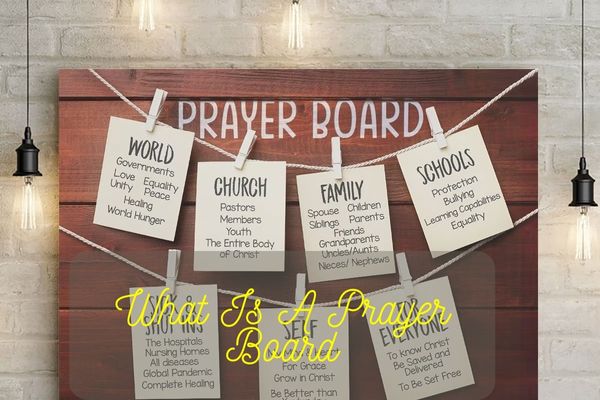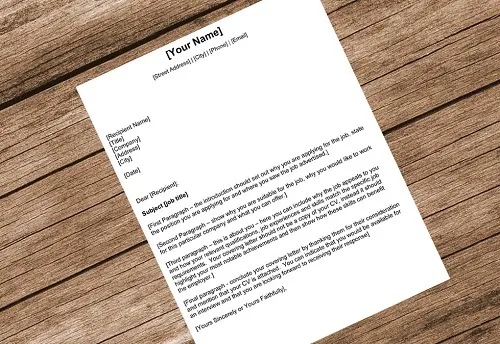Embarking on a spiritual journey often involves unique practices that bring us closer to the divine. One such powerful tool is the prayer board. In this article, we will explore the depths of what a prayer board is, its importance, and how to create your prayer board.
What Is A Prayer Board
A prayer board is a tangible expression of faith and intention, serving as a visual representation of one’s prayers, wishes, and gratitude. It typically consists of a board adorned with images, words, and symbols that hold spiritual significance to the individual. Also,
A Prayer Board, often referred to as a prayer wall or prayer request board, is a physical or digital platform dedicated to the act of prayer within religious or spiritual communities. This board serves as a focal point where individuals can share their prayer intentions, requests, or expressions of gratitude. In physical settings, such as churches or community centers, a Prayer Board might consist of a bulletin board adorned with notes or cards containing written prayers.
In the digital realm, Prayer Boards have transitioned to online platforms or websites where users can submit their prayer requests electronically. These virtual spaces enable a broader community to participate, offering support and collectively engaging in prayer for the submitted intentions. The concept of a Prayer Board fosters a sense of unity, encouraging communal support and a shared spiritual journey among individuals seeking solace, guidance, or connection through the power of prayer.
Importance Of A Prayer Board
How to Use a Prayer Board Effectively
Using a prayer board can be a powerful and meaningful way to organize and prioritize your prayers. Whether you’re seeking spiritual guidance, expressing gratitude, or asking for specific blessings, a prayer board can serve as a visual reminder of your intentions. Here’s a guide on how to use a prayer board effectively:
1. Select a Board
Choose a board or surface where you can pin or display your prayers. It could be a corkboard, magnetic board, or even a designated space on a wall.
2. Gather Supplies
Collect materials such as push pins, sticky notes, markers, and any other decorative items you’d like to use.
3. Create Categories
Divide your board into categories based on different aspects of your life or specific areas you want to focus on (e.g., family, personal growth, work, gratitude).
4. Personalize and Decorate
Make the board visually appealing by adding colors, inspirational quotes, or images that resonate with you.
5. Designate a Prayer Format
Decide how you want to structure your prayers. It could be a simple written note, a photo, or a combination of both. Some people use symbols or drawings to represent their prayers.
6. Prioritize Prayers
Place the most important or urgent prayers prominently on the board. This helps you focus on priorities and ensures that crucial requests are not overlooked.
7. Regularly Update
Set aside time regularly to update your prayer board. Remove prayers that have been answered or are no longer relevant. Add new ones as needed.
8. Include Gratitude
Dedicate a section for expressing gratitude. This can serve as a powerful reminder of answered prayers and positive experiences.
9. Share with Others
If comfortable, share your prayer board with trusted friends or family. They can provide support, pray with you, and offer additional perspectives.
10. Use Symbols or Codes
Develop a system of symbols or codes to represent different types of prayers (e.g., a heart for love, a family house, a career symbol for work-related matters). This can help organize your thoughts and intentions.






